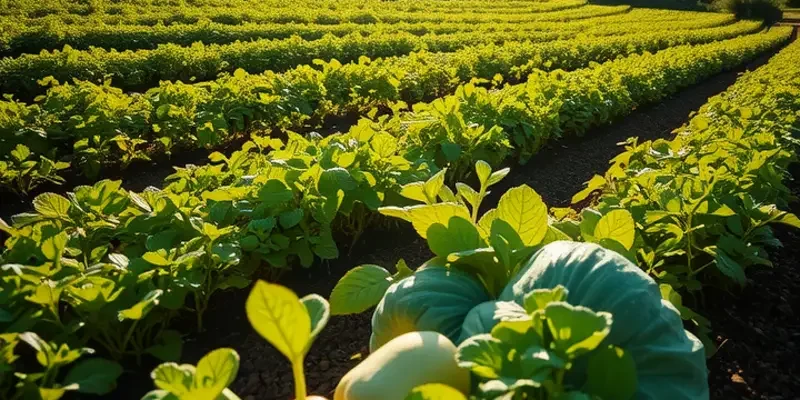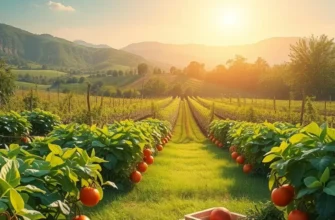The notion that alcohol cooks off completely during cooking is a common belief, yet it’s often oversimplified. Understanding how alcohol behaves under heat is crucial for making informed decisions about meals, particularly for those watching their alcohol intake. From sauces to marinades, the amount of alcohol that evaporates can significantly vary, depending on the cooking method, time, and temperature. This article explains the science behind cooking with alcohol and dispels some of the most persistent myths surrounding this culinary topic.
Understanding Alcohol Retention in Cooking

When exposed to heat, alcohol undergoes a transformation but does not completely disappear with a simple flourish of flame. Understanding alcohol retention depends largely on the cooking method, time, temperature, and the specific alcoholic beverage used. Grasping these nuances helps you manage the presence of alcohol in your dishes more effectively.
At its core, alcohol starts evaporating at a much lower temperature than water—roughly 173°F (78°C). However, complete evaporation rarely occurs in standard kitchen scenarios. Instead, there’s a phenomenon known as alcohol retention, where a significant percentage of alcohol remains in the dish despite prolonged cooking.
Evaporation Rates and Cooking Methods
Various cooking techniques influence how much alcohol is retained. Flambéing, for instance, is often thought to burn off all the alcohol at once. In reality, it retains around 75% of the original alcohol content because the exposure time to heat is so brief. Similarly, dishes simmered or baked retain about 40% to 50% of alcohol if cooked for 15 minutes. Even after two hours, approximately 10% remains, challenging the common belief that only traces of alcohol linger.
Wine, Beer, and Spirits: Do They Differ in Retention?
The type of alcoholic beverage affects retention rates due to varying alcohol and water content. Higher-proof spirits might evaporate more quickly than beer or wine. Nevertheless, irrespective of whether you’re using rich red wine, a crisp lager, or a potent whiskey, a portion will be retained unless cooked extensively.
Impact of Dish Composition and Temperature
The structure of the dish also plays a role. Factoring in ingredients, density, and the presence of a cover modifies evaporation. Thick stews, with their shielding chunks of meat and vegetables, will exhibit higher retention levels compared to thinner soups that offer minimal resistance. Cooking without a lid allows more alcohol to escape, while a covered pot slows down the evaporation process. Additionally, increased cooking temperatures can accelerate alcohol evaporation but might not result in complete dissipation due to shorter cooking durations.
For those interested in reducing alcohol content in their meals but wish to retain flavor, consider incorporating non-alcoholic substitutes or focusing on longer cooking times and higher temperatures, with open cookware to maximize evaporation opportunities. Exploring alternative methods like these aligns well with techniques aimed at flavor enhancement without added sodium, as discussed here in flavor boosters.
In creative culinary settings, understanding these principles of alcohol evaporation transforms how you approach recipe development with alcoholic ingredients. Balancing flavors, ensuring adequate cooking times, and selecting the appropriate cooking techniques will enhance the depth and richness of your dishes while keeping alcohol levels at your desired threshold.
Timing and Technique: The Key Factors

Understanding the roles that timing and technique play in cooking with alcohol is crucial for correctly managing its residual content in your dishes. When you add alcohol to a recipe, numerous factors influence how much remains by the time the dish is ready. Let’s delve into how various cooking methods affect alcohol evaporation and what you can do to minimize its presence.
The process of alcohol evaporation in cooking always starts with heat. It’s a common myth that simply heating a dish will evaporate all the alcohol; in reality, the process is far more nuanced. Simmering, a gentle cooking technique, involves maintaining a low heat under the boiling point. This method is often used for soups and stews. Over a covered pan, simmering for 2.5 hours can still leave about 5% of the alcohol content. Thus, it’s not a complete solution for those seeking to eliminate alcohol.
Flambéing involves igniting alcohol, typically done to burn off the liquor in a dramatic fashion. While it might give the impression of quickly eliminating alcohol, it’s not as effective as it appears. Studies suggest that flambéing leaves around 75% of the original alcohol content, since it mostly burns the top layer. It’s more about the show than substance when it comes to reducing alcohol.
Techniques like braising and roasting involve cooking for extended periods. Braising uses both moist and dry heat, often cooking meats covered in liquid. Roasting, on the other hand, uses dry heat alone. These methods, if used for several hours, can significantly reduce alcohol content due to the prolonged exposure to heat. However, it’s important to note that a fully integrated sauce may still retain a small percentage of the original alcohol.
Reducing sauces, a culinary technique that involves boiling liquid mixtures such as wine, vinegar, and stock until thickened, can diminish alcohol content effectively over time. To achieve substantial reduction, a sauce needs to be cooked down considerably, often taking more than 30 minutes, which could leave roughly 35% of alcohol.
For those looking for optimal practices to minimize alcohol content in their dishes, focus on a combination of time and heat. Cooking times should generally be extended past 60 minutes to ensure significant evaporation. Incorporating methods such as simmering or braising for longer durations will further drive off alcohol.
Finally, a practical understanding of these techniques enables cooks to make informed decisions based on their dietary preferences and needs. If desired, exploring alternatives to traditional methods, such as omitting alcohol entirely or substituting with flavor boosters, can also be effective. For inspiration on such alternatives, explore flavor boosters without salt. The key takeaway is that while alcohol does evaporate during cooking, it rarely fully disappears, making it important to align your cooking technique with your desired outcome.
Final words
The belief that alcohol cooks off completely is somewhat misguided. While some alcohol does evaporate during cooking, the amount left in your dish can vary significantly based on factors like time, temperature, and cooking method. It’s essential for individuals, especially those avoiding alcohol for health or personal reasons, to recognize that complete elimination is not always guaranteed. When unsure about alcohol content in your meals, consider using alternative ingredients or allowing for longer cooking times to reduce residual alcohol levels effectively. Always be mindful of what’s on your plate and make informed culinary choices.








